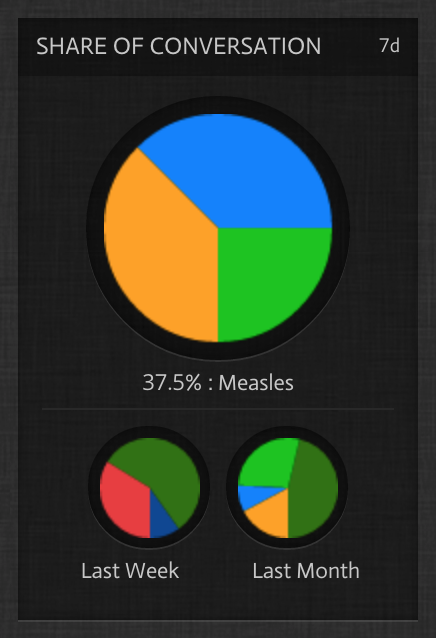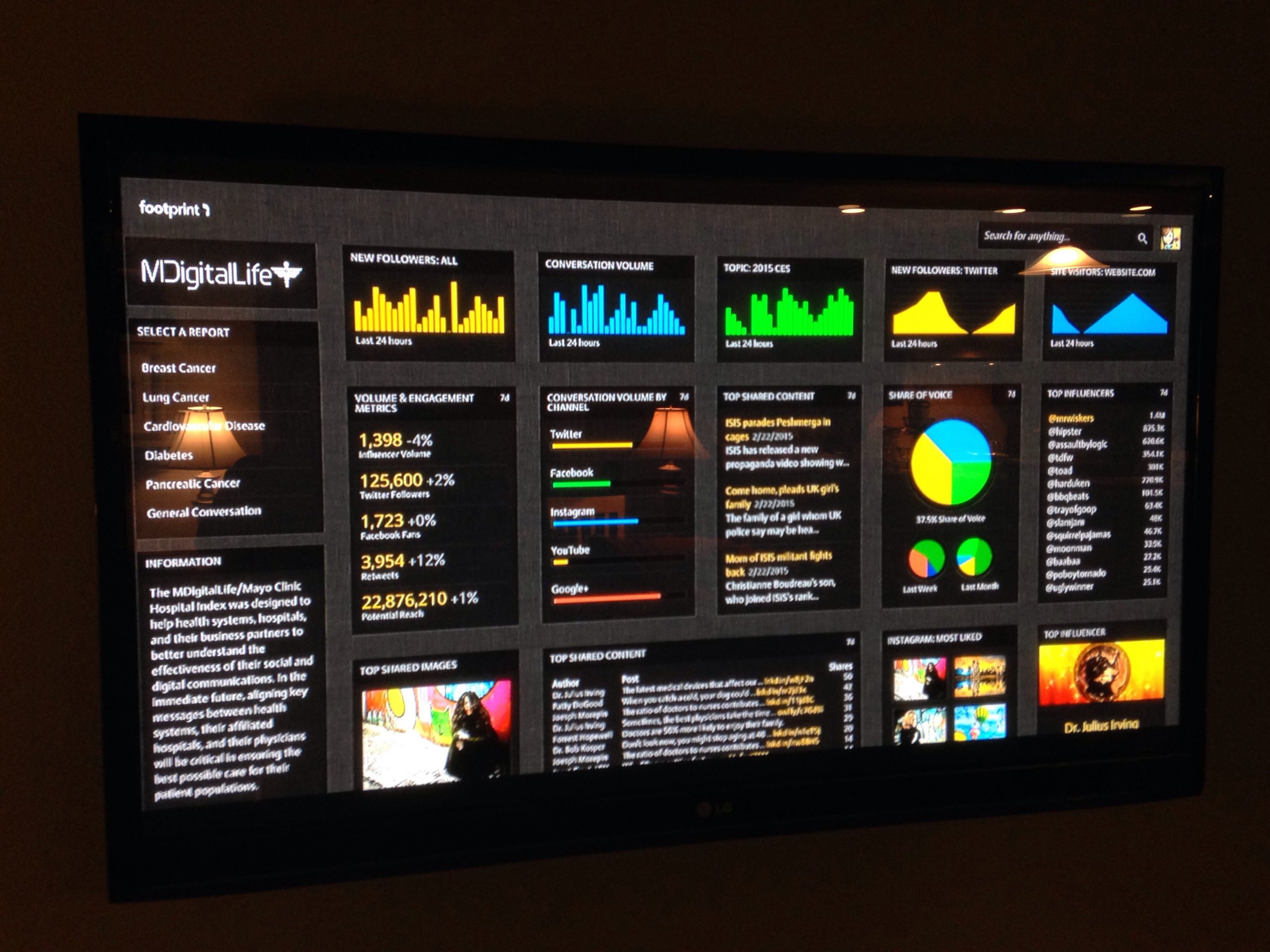Where do I begin? It is easy to say you want an LLM, but as new as the technology is, it can be overwhelming. Language models have gained immense popularity in recent years for their ability to understand and generate human-like text. Creating a simple Language Model (LLM) can be a fascinating project, especially if you’re interested in natural language processing and machine learning. In this blog post, I walk you through the steps to create a basic LLM. Let’s get started!
Step 1: Define Your Objectives
Before diving into the technical details, it’s crucial to clarify your objectives. What do you want your LLM to do? Is it for text generation, translation, summarization, or something else? Understanding your goals will help you choose the appropriate dataset and model architecture.
Step 2: Choose a Dataset
The next step is to select a dataset that aligns with your objectives. There are many publicly available datasets for various NLP tasks, such as the Common Crawl for general text, the English Wikipedia dump for encyclopedic knowledge, or specialized datasets like movie scripts or literature. Ensure the data is clean and relevant to your task.
Step 3: Preprocess Your Data
Once you have your dataset, preprocessing is essential to make the data usable for training. Common preprocessing steps include:
- Tokenization: Splitting text into words or subword units.
- Lowercasing: Converting all text to lowercase to ensure consistency.
- Removing special characters and punctuation.
- Handling missing or noisy data.
Step 4: Choose a Model Architecture
For a simple LLM, a good starting point is the GPT architecture or similar models. You can use pre-trained models and fine-tune them on your specific dataset. Frameworks like Hugging Face Transformers make it relatively easy to work with these models.
Step 5: Set Up Your Development Environment
Ensure you have the necessary tools and libraries installed for training and working with your chosen model. Common libraries include PyTorch or TensorFlow for deep learning, as well as Python for scripting.
Step 6: Train Your LLM
Training a language model can be computationally intensive, so it’s essential to have access to a powerful machine or cloud-based resources (There are a lot of options here, an in-depth article I like is here). You’ll need to configure hyperparameters such as learning rate, batch size, and the number of training epochs. Monitor the training process and fine-tune hyperparameters as needed to achieve the best results. Databricks can help you build your pipelines.
Step 7: Evaluate Your Model
After training, it’s crucial to evaluate your LLM’s performance. Use appropriate metrics like perplexity, BLEU score, or custom evaluation criteria depending on your task. This step helps you understand how well your model is performing and whether it meets your objectives.
Step 8: Fine-Tune and Optimize
Based on your evaluation results, you may need to fine-tune your model further or make architectural adjustments. Optimization can involve experimenting with different hyperparameters, model sizes, or training techniques.
Step 9: Deployment
Once you are satisfied with your LLM’s performance, you can deploy it for your intended application. This may involve integrating it into a web service, mobile app, or other platforms. I like Snowpark for LLM deployment.
Step 10: Monitor and Maintain
Deploying your LLM is not the end of the journey. You should continuously monitor its performance and retrain it periodically with new data to keep it up to date and accurate.
Creating a simple Language Model can be a rewarding endeavor, but it requires careful planning, data preprocessing, model selection, training, and evaluation. By following these steps and staying committed to continuous improvement, you can build an effective LLM for various natural language processing tasks.
Check out the rest of my blog for more tips.





